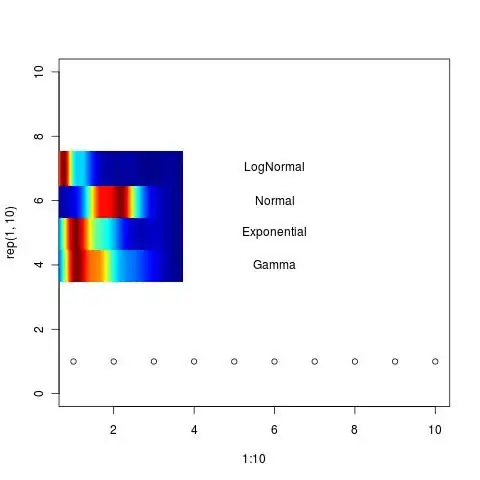The data-ink ratio
This concept is due to the very influential Edward Tufte, of Yale University, who described it in The Visual Display of Quantitative Information.
He distinguishes "data ink" (which includes points, bars etc but also textual or grpahical labels) from erasable ink (including gridlines, axes, borders, and also redundant information). The data-ink ratio is simply that proportion of the ink used which can't be erased.
There is a discussion of how these data-ink principles might apply to computer visualisations on the UX stack exchange site.
Why do some experts prefer a grey background?
Hadley Wickham has justified his choice of default background, in his book on ggplot2:
The grey background gives the plot a similar colour (in a
typographical sense) to the remainder of the text, ensuring that the
graphics fit in with the flow of a text without jumping out with a
bright white background. Finally, the grey background creates a
continuous field of colour which ensures that the plot is perceived as
a single visual entity.
The principle seems to be to stop it "jumping out" at the viewer on a printed page and to provide visual unity. Personally I also like the reduced screen glare.
He also justified the white gridlines on the basis that they can easily be "tuned out". I agree with Dianne Cook in the comments that this lets the data stand out above the gridlines, reducing visual clutter. The white gridlines are one advantage of a slightly darker background — interestingly, Tufte generally avoids gridlines where they are not necessary (they do not count as "data ink") but on some grey bar charts overlays white gridlines. In some ways this is a similar effect to ggplot2, but actually puts the gridlines in the foreground, giving the bars a "striped" appearance. A particular disadvantage of this is that you can't see the next-highest gridline above a bar, making it hard to visually interpolate how high a bar is numerically.
Why do some experts prefer a white background?
One of the most-viewed ggplot2 threads on Stack Overflow is "
How do I change the background color?" which suggests the default is not universally popular.
The colour of an element can appear quite different depending on what background colour it is displayed against. Tufte actually discusses this in Chapter 5 "Color and information" in his book Envisioning information but doesn't put this in the context of e.g. a scatter plot. Maureen Stone, a colour expert and adjunct professor at Simon Fraser University, strongly recommends a white background for various reasons, including that most colour palettes (in your examples, used to indicate the species or division) have been designed with a white background (for printing) in mind. Their perceptual properties will differ against a darker background. She suggests that white has a perceptual advantage, because our colour perception is relative to "local" white, so having a white background visually available can stabilise our perception.
She also suggests a more practical reason that I am familiar with: that using a white background allows you to optimise a graph for both electronic display and printing, rather than having to prepare a different printer-friendly version.

